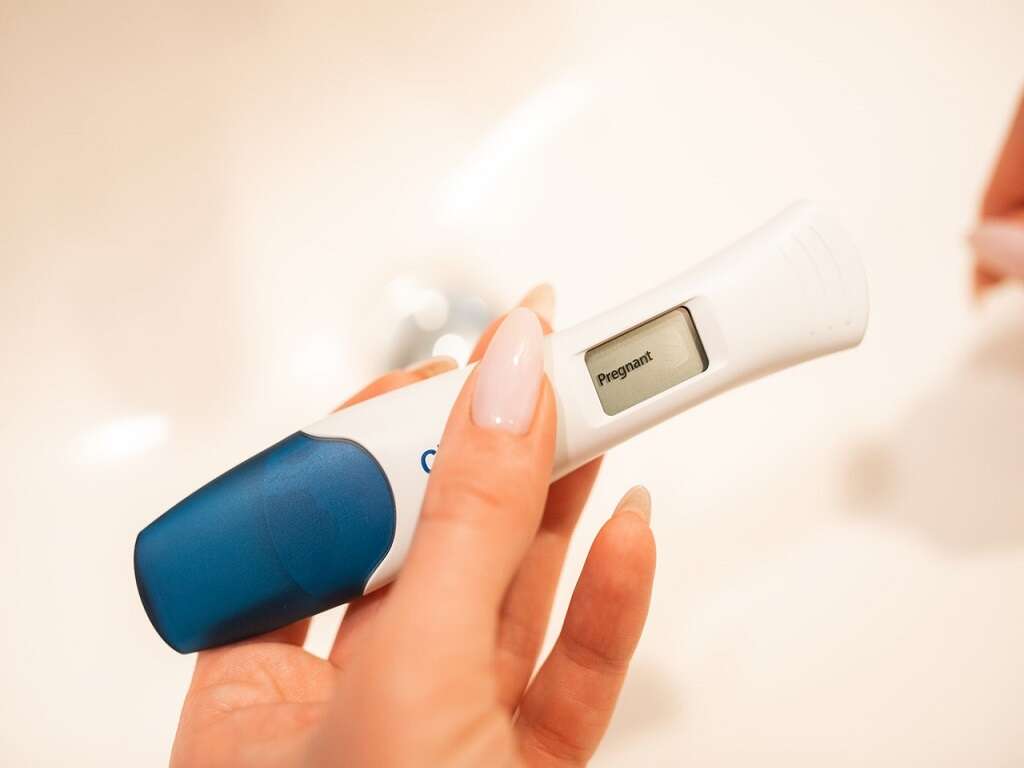What Is HELLP Syndrome?
6. Diagnosis
Getting a correct diagnosis for HELLP can be difficult. The condition may cause several signs and symptoms, but their occurrence varies greatly from patient to patient. Due to the variable nature of the clinical presentation of HELLP syndrome, the diagnosis is usually delayed for approximately 8 days. Patients with this disease are initially misdiagnosed with other conditions, such as viral hepatitis, peptic ulcer disease, hyperemesis gravidarum, and other causes of thrombocytopenia (low platelet levels).
The physician may start to suspect HELLP syndrome, especially in pregnant women, through a series of vague complaints such as nausea, vomiting, malaise, abdominal pain (upper abdomen), or difficulty breathing (i.e. pulmonary edema). Additionally, the physician will perform a physical examination of the patient which may reveal other nonspecific findings such as fluid buildup in the upper and lower extremities (edema), signs of dehydration, tenderness in the right upper abdomen, and jaundice. In HELLP syndrome, vital signs may also be altered, including blood pressure (hypertension), heart rate (tachycardia), and respiratory rate (tachypnea).
Advertisement












